Home>Articles>What Can I Use If I Don’t Have A Food Processor
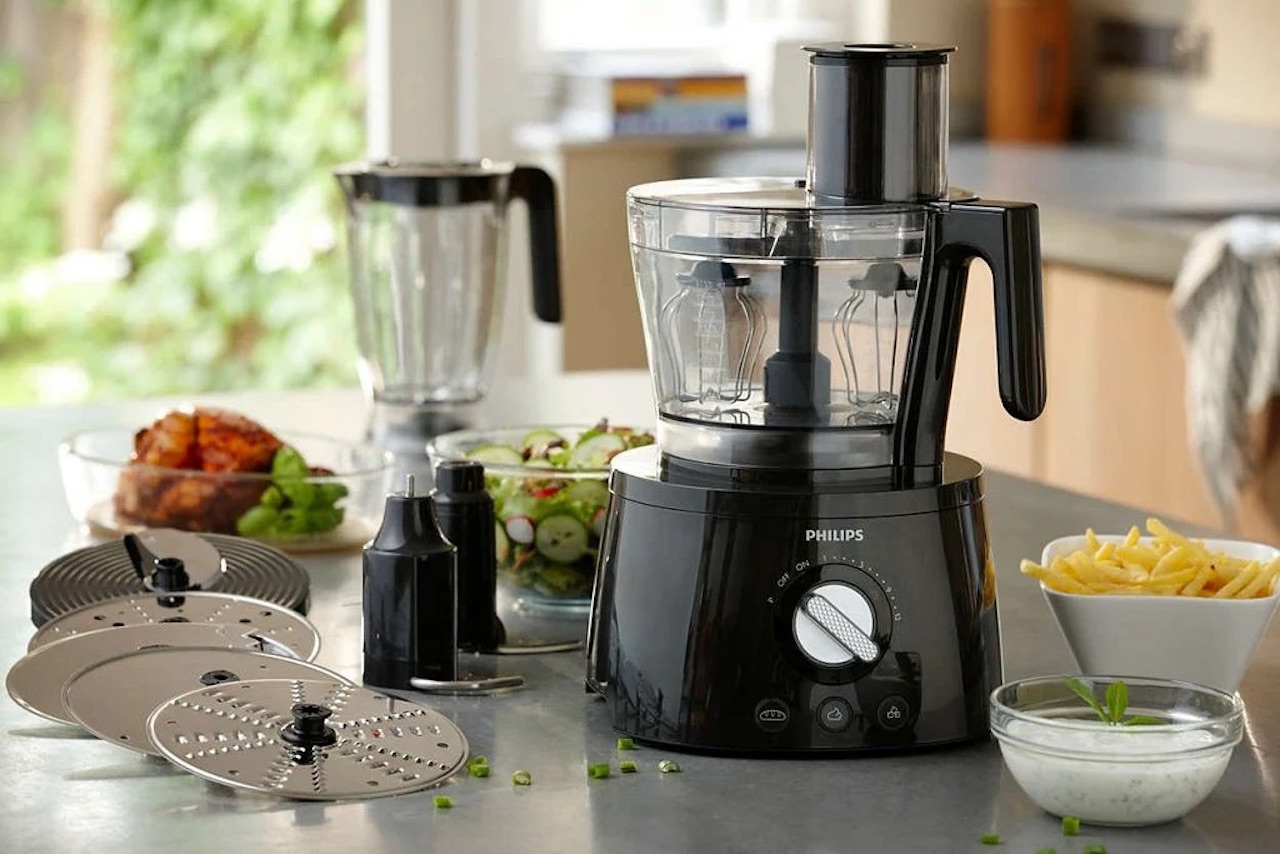

Articles
What Can I Use If I Don’t Have A Food Processor
Modified: February 27, 2024
Discover alternative methods for food processing in this informative article. Find out what you can use if you don't have a food processor.
(Many of the links in this article redirect to a specific reviewed product. Your purchase of these products through affiliate links helps to generate commission for Storables.com, at no extra cost. Learn more)
Introduction
Having a food processor in the kitchen can make meal preparation a breeze. It’s a versatile tool that can chop, slice, shred, and puree ingredients with ease. However, what can you do if you don’t have a food processor? Don’t worry; there are several alternatives that you can use to achieve similar results. In this article, we will explore six options that can serve as substitutes for a food processor when you don’t have one.
The alternatives we will discuss include using a blender, immersion blender, grater or shredder, knife and cutting board, mortar and pestle, and a manual food chopper. Each option has its own unique advantages and can be used based on the specific task at hand. So, let’s dive into the details of these alternatives and find the perfect solution for your culinary endeavors.
Key Takeaways:
- Embrace the versatility of alternatives like blenders, immersion blenders, and manual food choppers when you don’t have a food processor. Each option offers unique benefits and can help achieve similar results in the kitchen.
- While a food processor is convenient, options like graters, knives, and mortar and pestle provide a hands-on and creative approach to food processing. Embrace the joy of using different tools to achieve delicious and perfectly processed ingredients for your meals.
Option 1: Blender
If you don’t have a food processor, one of the best alternatives is a blender. Most blenders have a powerful motor and sharp blades that can handle a variety of tasks. While blenders are primarily used for liquids and softer ingredients, they can still be effective for certain food processing tasks.
When using a blender as a substitute for a food processor, keep in mind that it may not have the same level of precision or versatility. However, it can still be suitable for tasks such as pureeing soups, making sauces and dressings, or blending ingredients for smoothies or dips.
To get the best results when using a blender, ensure that you have enough liquid in the mixture to facilitate blending. The blades in blenders are usually located at the bottom, so adding enough liquid will help the ingredients circulate properly and prevent the motor from overheating.
If you need to chop or grind ingredients in a blender, it’s best to do it in small batches to ensure even results. Pulse the blender a few times to achieve the desired texture, being careful not to overprocess the ingredients.
Overall, a blender can be a handy substitute for a food processor, especially when dealing with liquid-based recipes or softer ingredients. Just remember to adjust the technique and be mindful of the limitations of the blender compared to a dedicated food processor.
Option 2: Immersion Blender
Another alternative to a food processor is an immersion blender, also known as a stick blender or hand blender. This versatile tool is handheld and has a blending attachment on one end. While immersion blenders are commonly used for blending soups and sauces directly in the pot, they can also handle other food processing tasks.
An immersion blender is particularly useful when you need to puree or blend smaller quantities of ingredients. It works well for tasks like making smoothies, blending baby food, or creating creamy sauces.
When using an immersion blender as a substitute for a food processor, ensure that your container or pot is deep enough to accommodate the blades entirely. This will prevent splattering and ensure efficient processing.
To achieve the desired results, move the immersion blender up and down in a slow and steady motion, ensuring that all the ingredients are evenly blended. If necessary, tilt the blender slightly to reach all areas of the container, ensuring a consistent texture.
Keep in mind that immersion blenders may not be as powerful as traditional blenders or food processors, so they may take a bit more time and effort for tougher ingredients. However, they offer convenience and ease of use, making them a great alternative for smaller food processing tasks.
Overall, immersion blenders can be a valuable substitute for a food processor, especially when you need to blend or puree ingredients in smaller quantities. They are easy to use, easy to clean, and take up less space in your kitchen.
Option 3: Grater or Shredder
If you don’t have a food processor, a grater or shredder can be an excellent alternative for tasks that require chopping or shredding ingredients. Whether you have a box grater or a handheld grater, this tool can be used for a variety of food processing needs.
A grater or shredder is particularly useful when it comes to preparing ingredients like cheese, vegetables, fruits, and even chocolate. It can create fine or coarse shreds, depending on the size of the grating holes or blades.
To use a grater effectively, hold it in one hand and the ingredient in the other hand. Work in a downward motion against the grating surface, applying consistent pressure to achieve even results. Be cautious of your fingers and use a protective glove or guard to prevent any accidents.
You can also use a grater for tasks like zesting citrus fruits or creating breadcrumbs from stale bread. It’s a versatile tool that can handle a variety of food processing needs, offering a convenient alternative to a food processor.
While a grater or shredder may not provide the same level of precision as a food processor, it can still get the job done, especially when it comes to chopping, shredding, or grating ingredients. It’s easy to use, easy to clean, and takes up minimal space in your kitchen.
Overall, a grater or shredder is a valuable substitute for a food processor, especially when it comes to tasks that require chopping or shredding ingredients. It offers convenience, versatility, and can help you achieve the desired texture in your dishes.
You can use a blender, a mortar and pestle, or a grater as alternatives to a food processor. Blenders can be used for pureeing, while a mortar and pestle can be used for grinding and crushing. Graters can be used for shredding and slicing.
Option 4: Knife and Cutting Board
When you don’t have a food processor, one of the simplest and most accessible alternatives is using a knife and cutting board. While it may require a bit more manual effort and time, using a knife can give you control over the size and consistency of the ingredients.
A sharp chef’s knife or santoku knife, paired with a sturdy cutting board, can handle a wide range of food processing tasks. You can chop, dice, mince, and slice ingredients with precision, allowing you to create the desired texture for your recipes.
When using a knife and cutting board, it’s important to practice proper knife techniques to ensure safety and efficiency. Hold the knife with a firm grip, using your non-dominant hand to stabilize the ingredients on the cutting board.
Start by cutting larger ingredients into manageable pieces and then proceed with more precise cuts. You can use a rocking motion with the knife to finely mince herbs or create smooth purees by repeatedly chopping and then pressing down with the side of the blade.
While using a knife and cutting board may take more time and effort, it allows for precise control over the size and texture of the ingredients. It also offers the benefit of minimal cleanup compared to using a food processor or other appliances.
Remember to choose the appropriate knife for the task at hand. A larger chef’s knife is ideal for chopping and slicing, while a smaller paring knife is suitable for more delicate work.
Overall, using a knife and cutting board is a straightforward and effective alternative to a food processor. It puts you in control of the chopping and dicing process and allows you to achieve the desired results with precision.
Read more: If I Dont Have A Mixer What Can I Use
Option 5: Mortar and Pestle
For those who enjoy the traditional method of food processing, a mortar and pestle can be a unique and effective alternative to a food processor. This ancient tool has been used for centuries to grind, crush, and pulverize ingredients.
A mortar and pestle is typically made of a sturdy material such as stone, marble, or ceramic. The mortar is a bowl-shaped container, while the pestle is a handheld tool used for grinding and crushing. Together, they provide a manual and hands-on approach to food processing.
Using a mortar and pestle requires some physical effort, but it can yield excellent results. This method is particularly effective for tasks like grinding spices, crushing garlic or ginger, and creating pastes or pesto.
To use a mortar and pestle effectively, add the ingredients into the mortar and hold the pestle with a firm grip. Use a circular motion and apply downward pressure to crush and grind the ingredients. Continue until you achieve the desired texture or consistency.
The mortar and pestle method allows you to control the texture of the ingredients and release their flavors and essential oils. It also offers a unique sensory experience and can be a meditative process as you work with the natural rhythm and movements.
While using a mortar and pestle may not be as quick or convenient as a food processor, it provides a fulfilling and hands-on approach to food processing. It’s also easy to clean and requires minimal storage space in your kitchen.
Overall, a mortar and pestle can be a valuable alternative to a food processor, especially for grinding spices or creating flavorful pastes. Its traditional and manual nature adds a unique touch to your culinary endeavors.
Option 6: Manual Food Chopper
If you’re looking for a tool that offers convenience and efficiency similar to a food processor but without the need for electricity, a manual food chopper can be a fantastic alternative. This handheld appliance allows you to chop, mince, and even puree ingredients with ease.
A manual food chopper typically consists of a bowl or container with sharp blades that are activated by pulling a cord or pressing a plunger. It provides a quick and efficient way to process ingredients, making it ideal for tasks like chopping onions, mincing garlic, or even making fresh salsa.
To use a manual food chopper, simply add the ingredients into the container, secure the lid, and then pull the cord or press the plunger in a repetitive motion. The blades inside will chop and mince the ingredients to the desired consistency, allowing you to control the texture of your dishes.
One of the advantages of a manual food chopper is its compact size, making it perfect for small kitchens or on-the-go cooking. It is also relatively easy to clean and doesn’t require complicated assembly or disassembly.
While a manual food chopper may not offer the same range of functions as a food processor, it is a reliable and efficient tool for basic food processing tasks. It can save you time and effort in the kitchen, especially when compared to using a knife and cutting board alone.
This alternative is particularly beneficial for individuals who prefer a hands-on approach but still want the convenience of a dedicated appliance. It’s also an excellent option for those who want to reduce their electricity usage and rely on manual tools in their culinary adventures.
Overall, a manual food chopper provides a convenient and efficient solution for food processing needs. From chopping and mincing to pureeing, it offers a great alternative to a food processor with the added benefits of compactness, simplicity, and control.
Conclusion
While a food processor is undoubtedly a handy kitchen tool, there are several alternatives that can be used when you don’t have one. Whether you opt for a blender, immersion blender, grater or shredder, knife and cutting board, mortar and pestle, or a manual food chopper, each option offers its own unique benefits and can help you achieve similar results.
A blender can handle a variety of tasks, especially those involving liquids and softer ingredients. An immersion blender is excellent for smaller quantities and can handle tasks like blending soups and sauces directly in the pot. A grater or shredder is perfect for chopping, shredding, and grating ingredients, while a knife and cutting board allow for precise control over size and texture. A mortar and pestle offers a traditional and manual approach to grinding and crushing, while a manual food chopper provides convenience and efficiency without the need for electricity.
It’s important to note that while these alternatives can be effective substitutes, they may not offer the same level of precision, versatility, or speed as a dedicated food processor. However, they can still help you accomplish a wide range of food processing tasks and get the job done.
When using these alternatives, it’s essential to understand their limitations and adjust your techniques accordingly. Additionally, always prioritize safety and follow proper handling and cleaning procedures for each tool.
Ultimately, the choice of which alternative to use depends on the specific task at hand and your personal preferences. Each option brings its own unique qualities, allowing you to be creative and resourceful in the kitchen.
So, don’t let the absence of a food processor limit your culinary adventures. Embrace the alternatives available and discover the joy and satisfaction of using different tools to achieve delicious and perfectly processed ingredients for your meals.
Frequently Asked Questions about What Can I Use If I Don't Have A Food Processor
Was this page helpful?
At Storables.com, we guarantee accurate and reliable information. Our content, validated by Expert Board Contributors, is crafted following stringent Editorial Policies. We're committed to providing you with well-researched, expert-backed insights for all your informational needs.
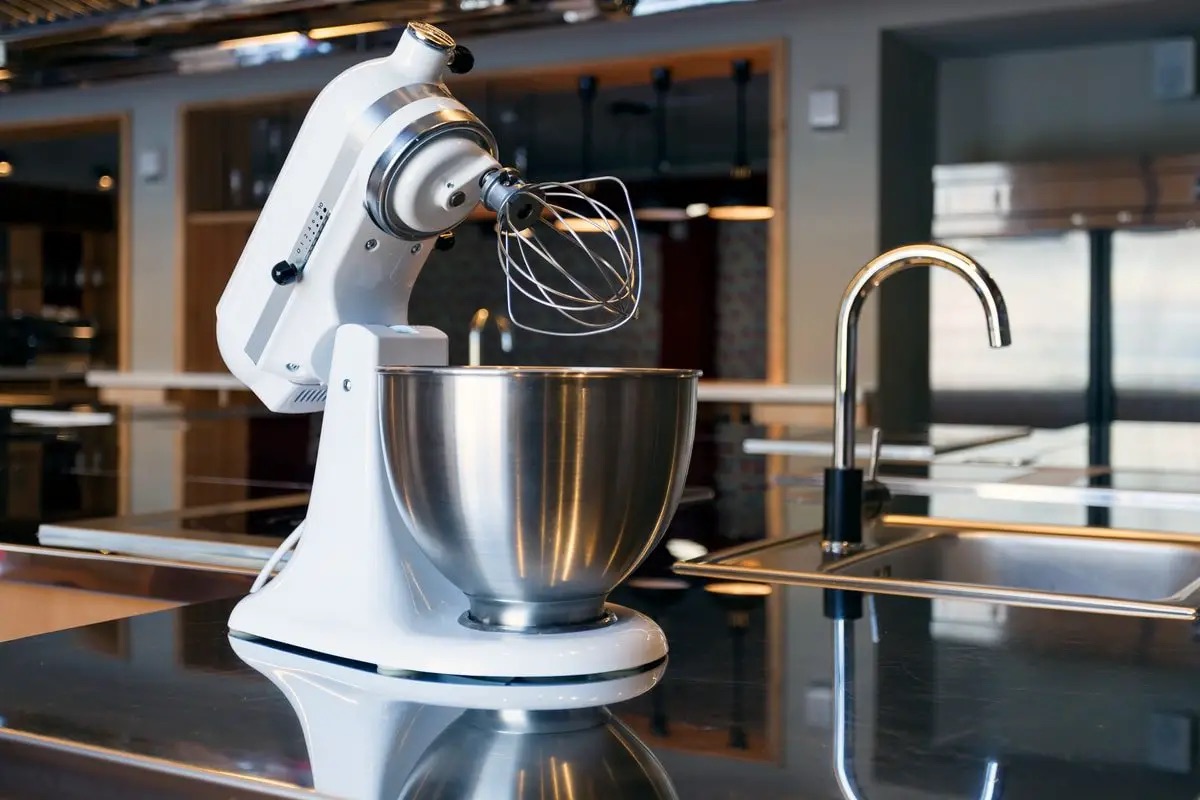
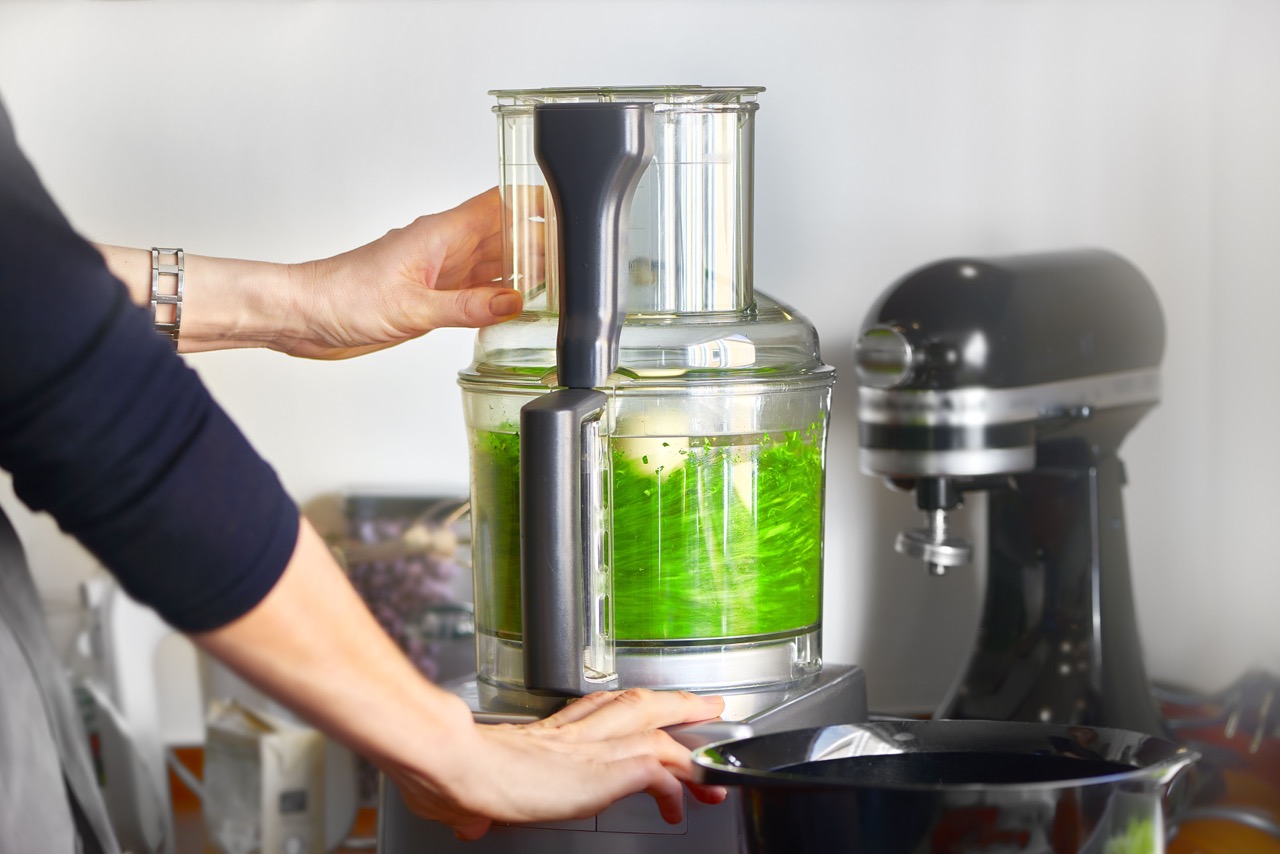
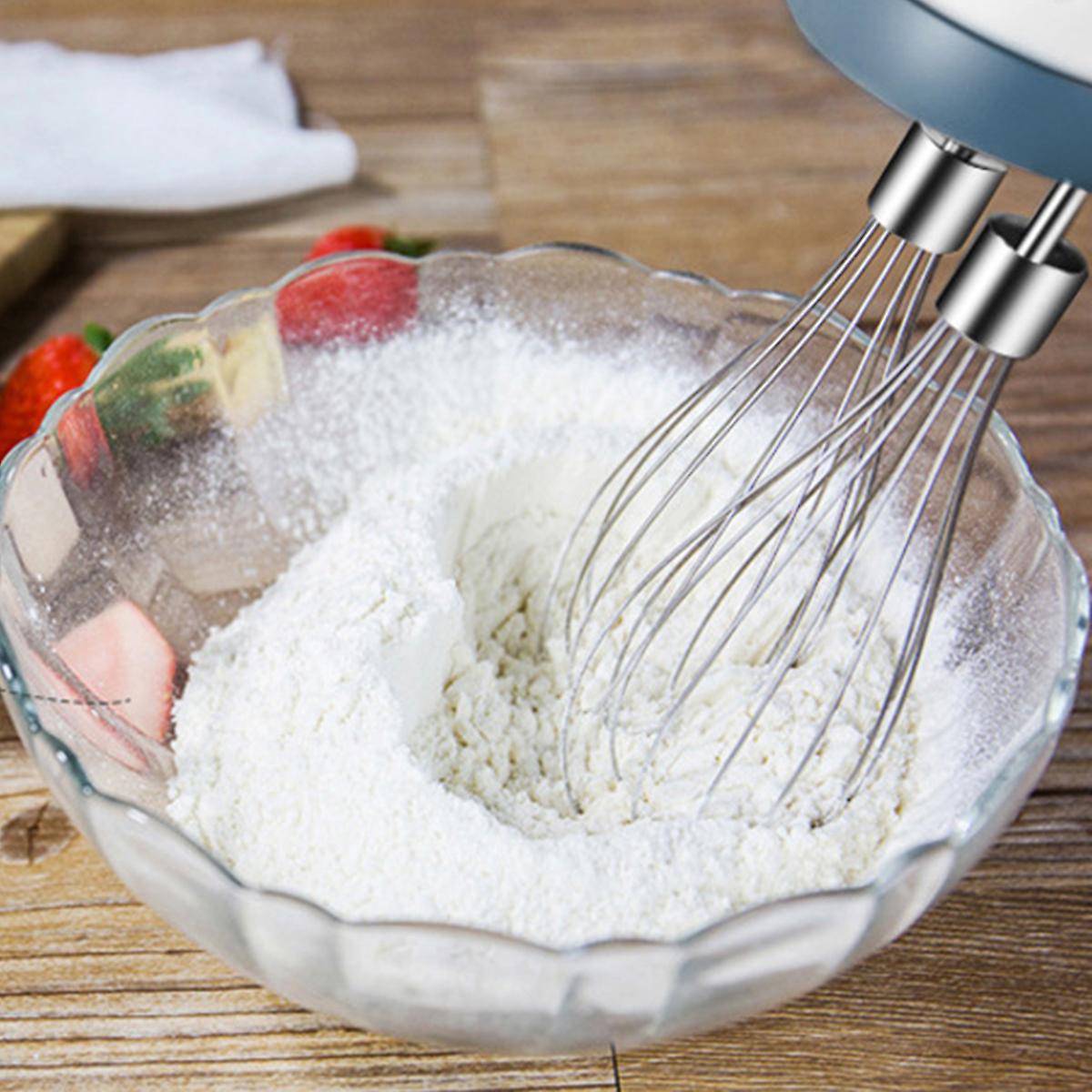
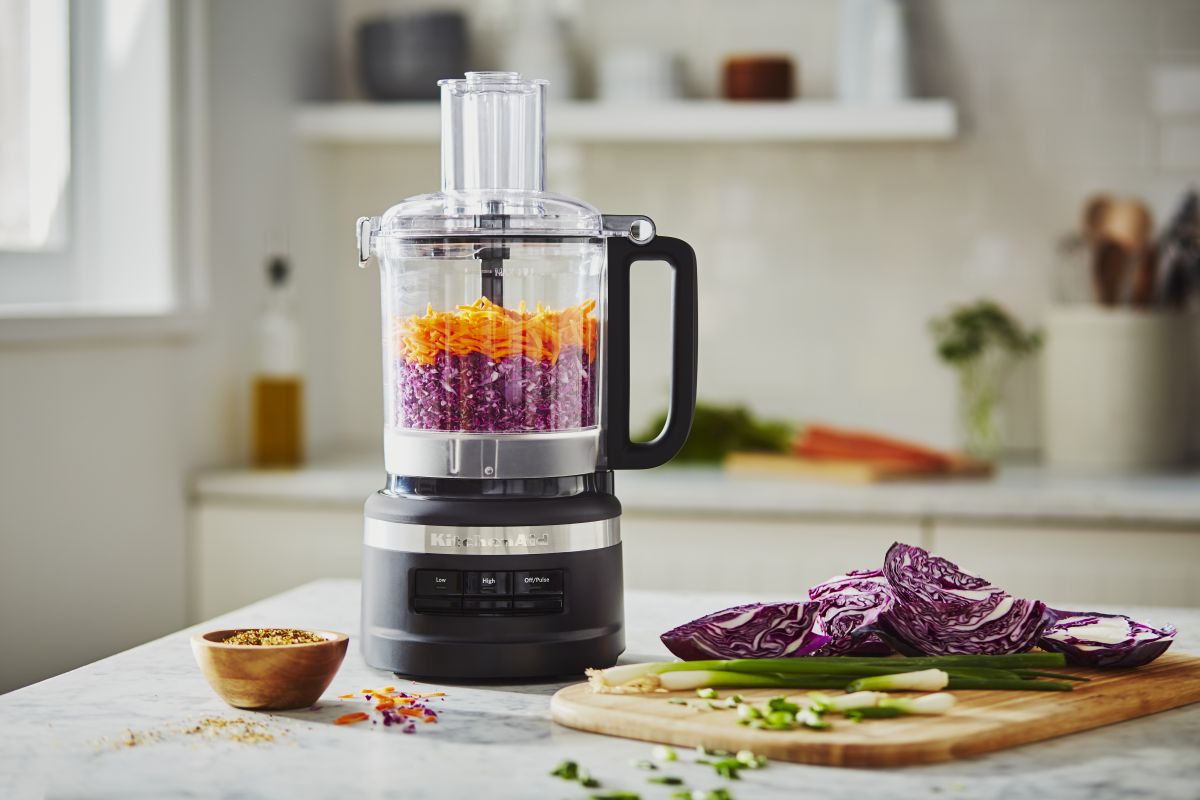
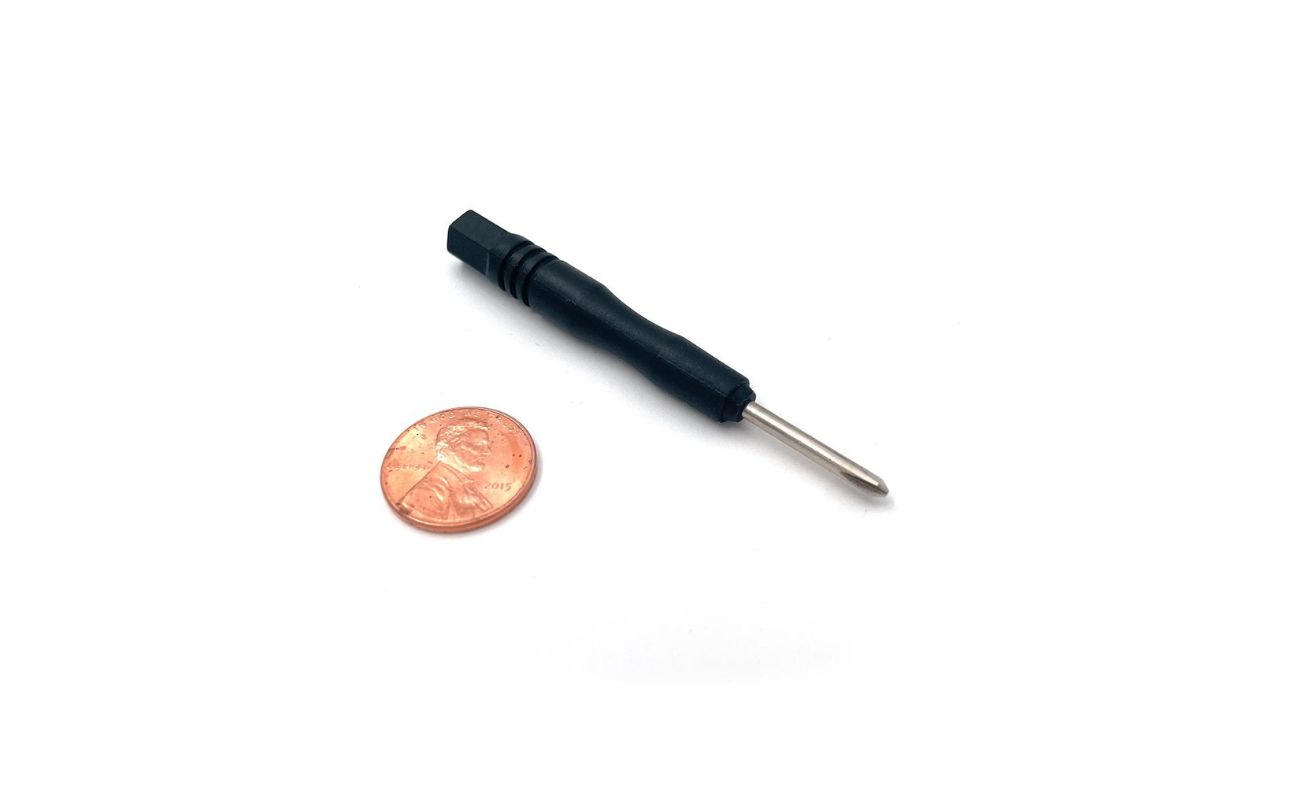
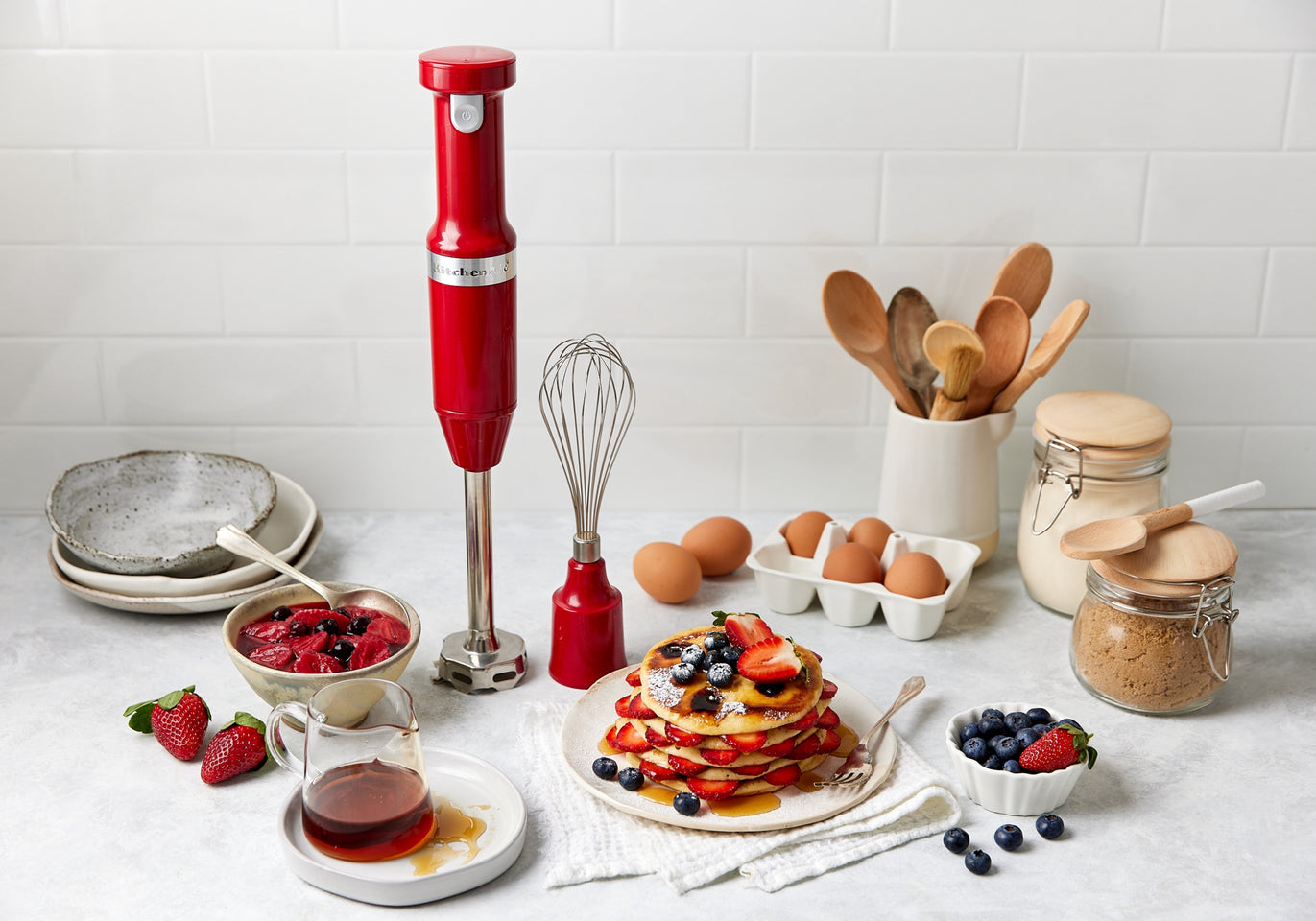

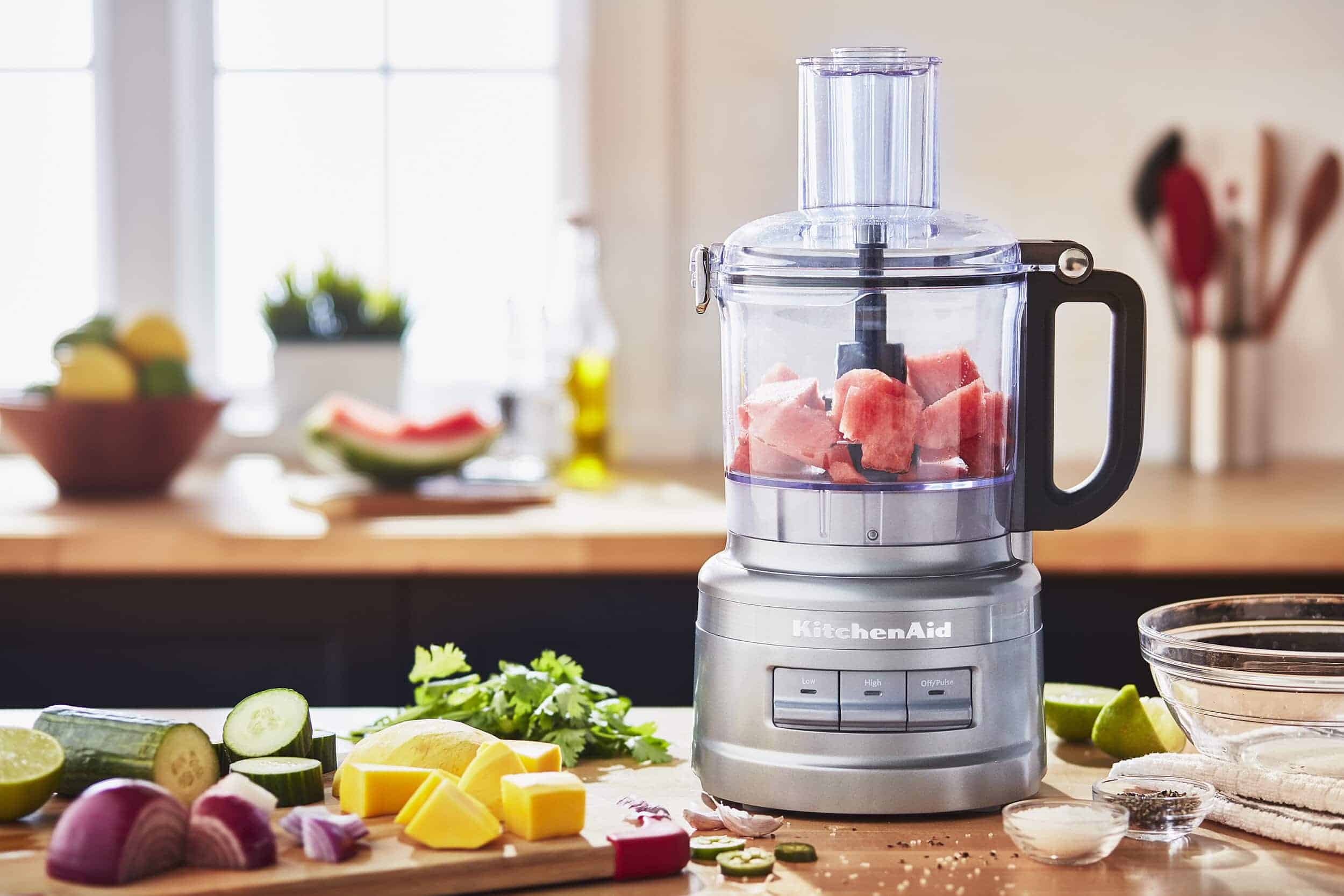
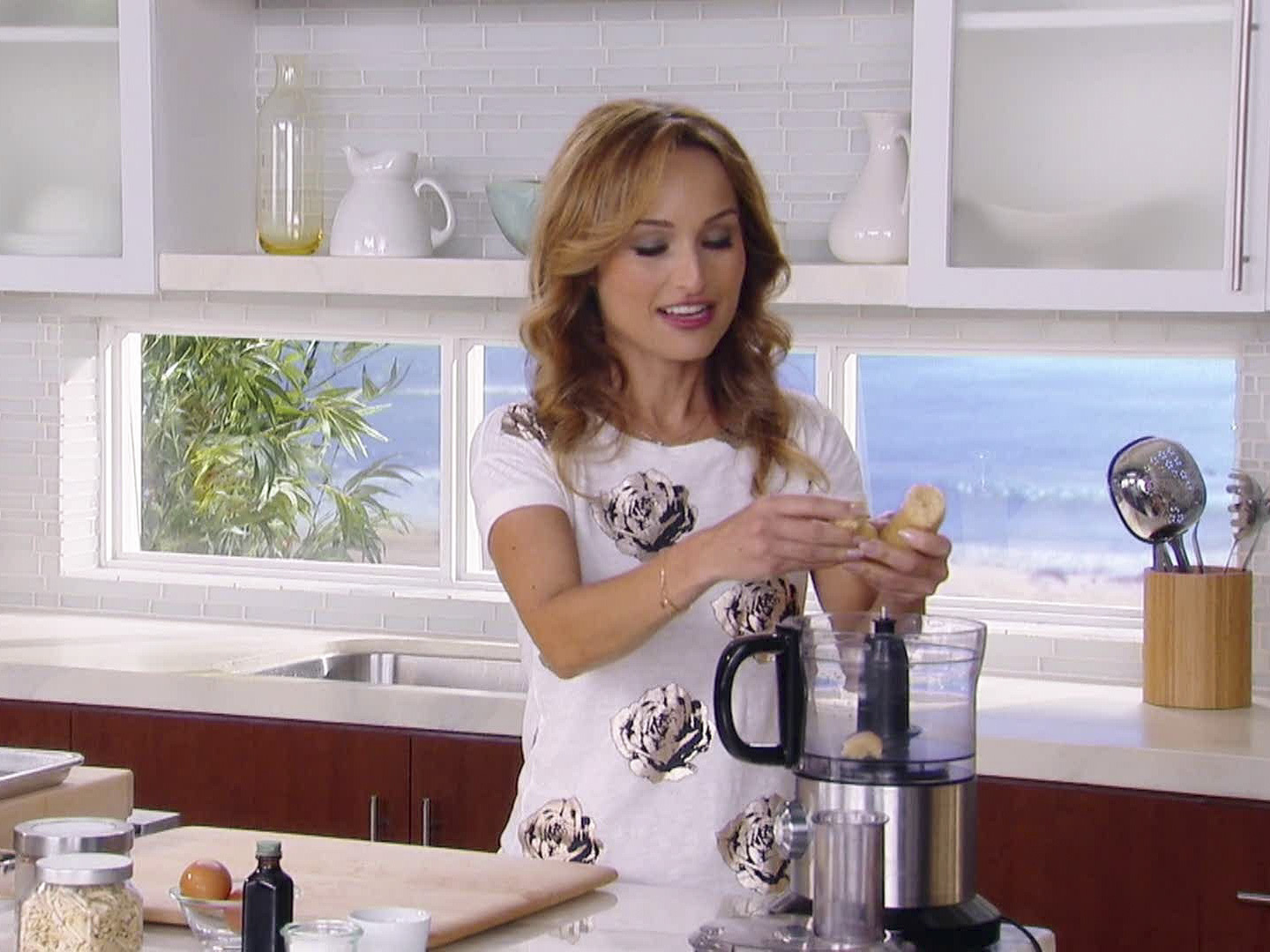
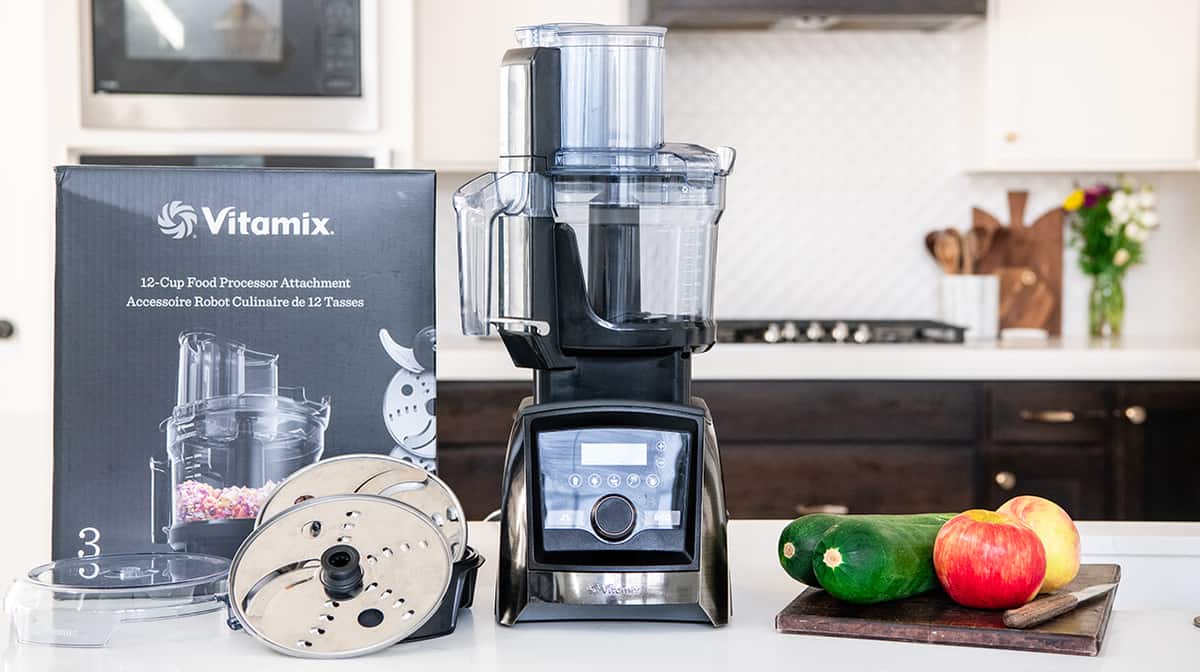
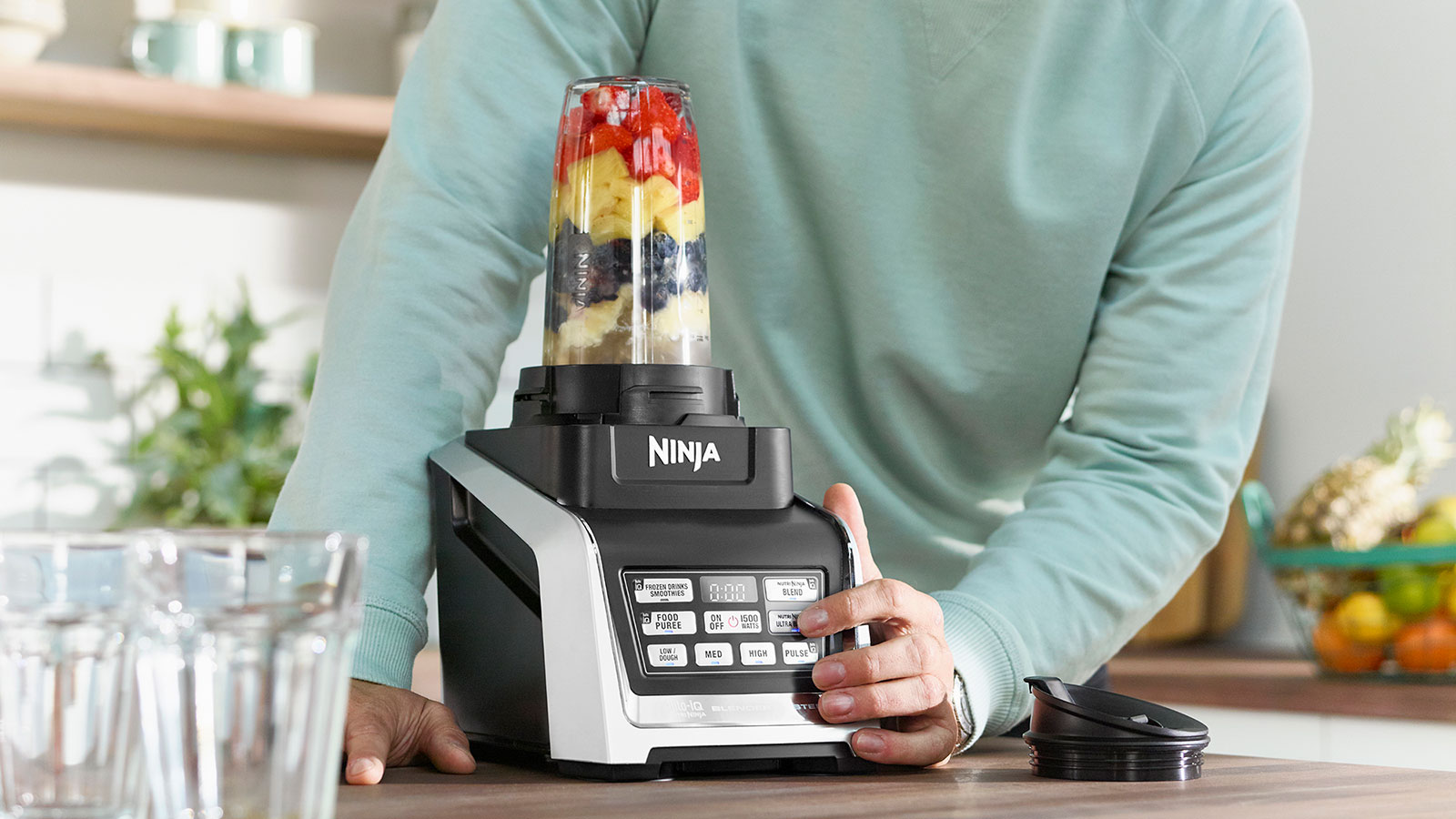
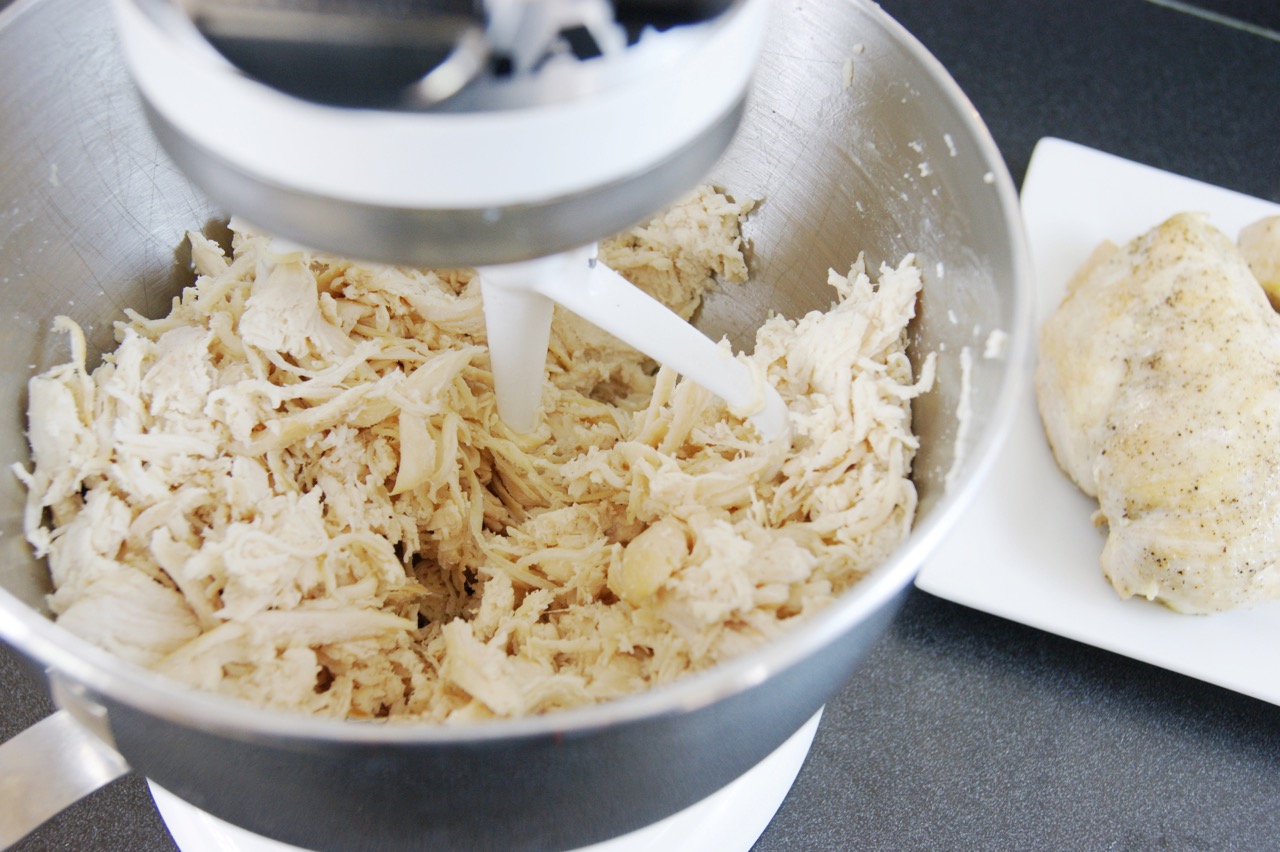
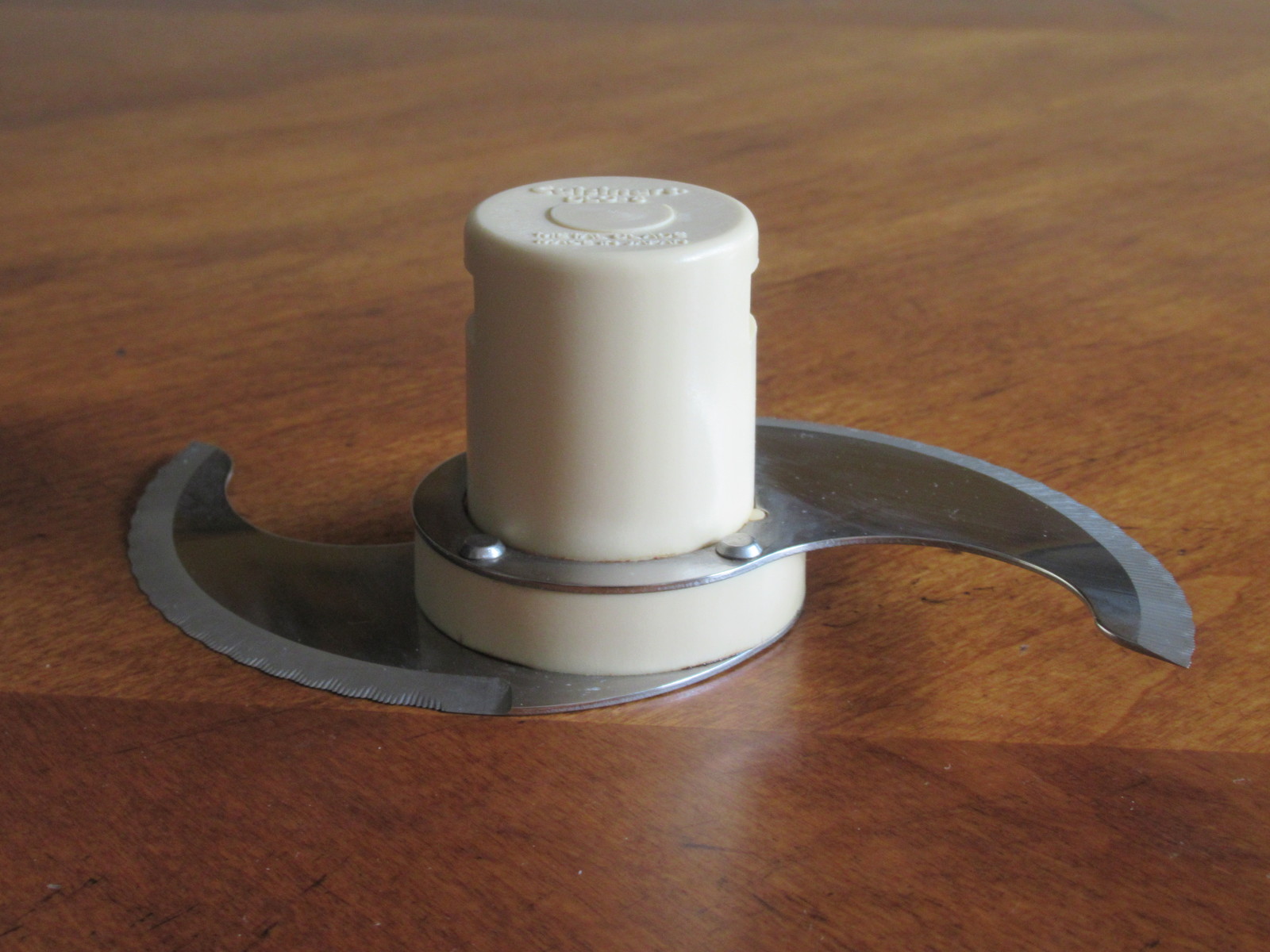
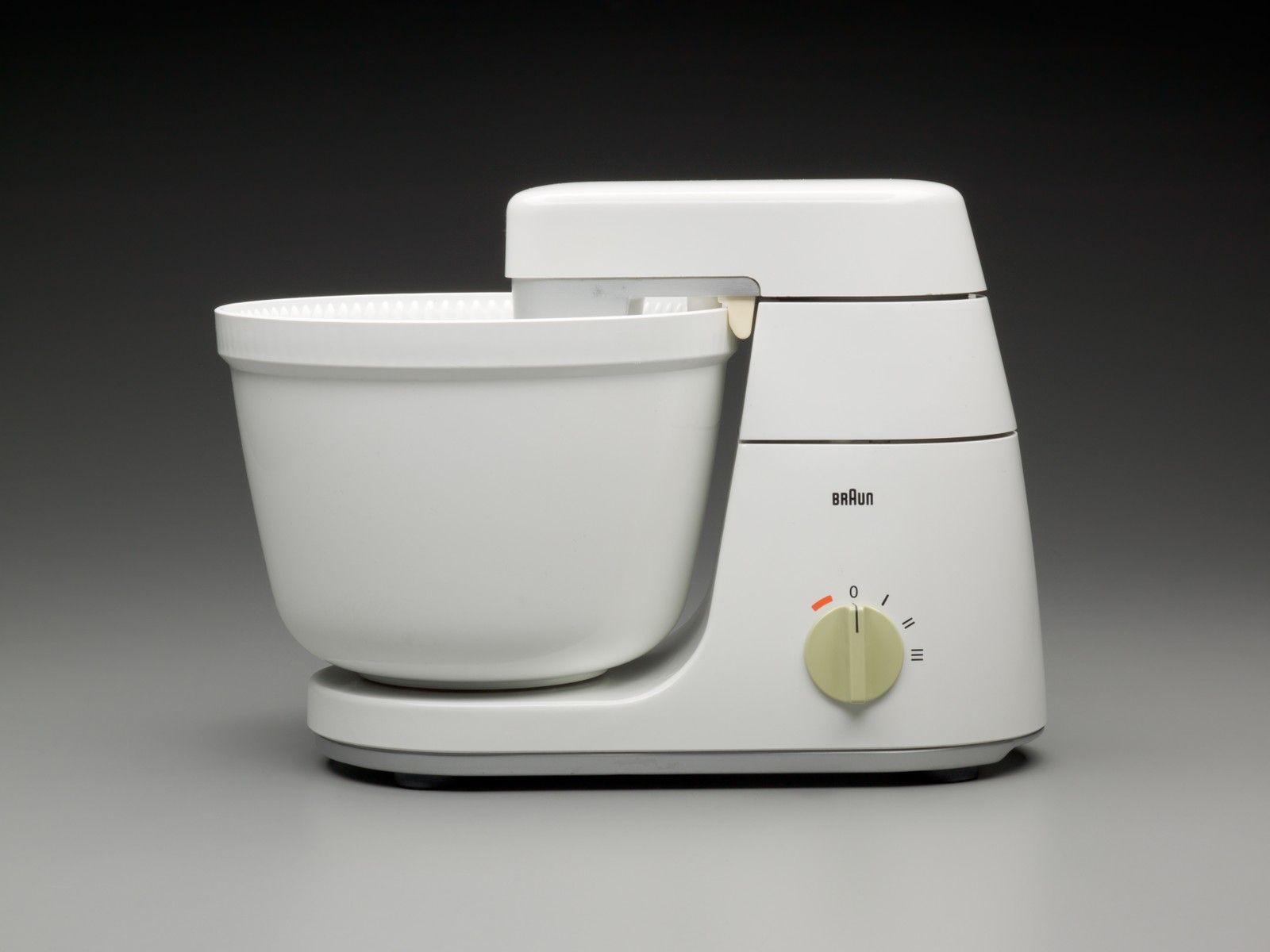

0 thoughts on “What Can I Use If I Don’t Have A Food Processor”